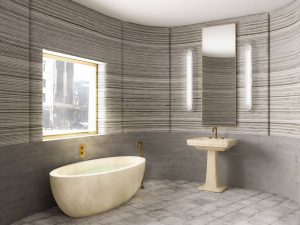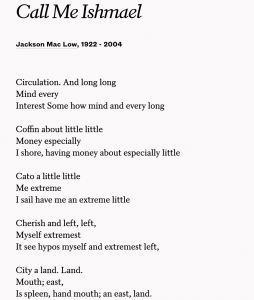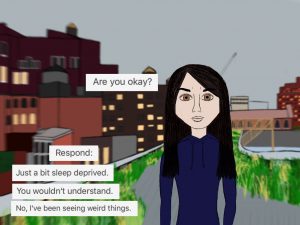
Unveiled on April of this year at Milan Design Week, “3D Housing 05” is Milan’s first 3D-printed concrete house, the work of CLS Architetti’s Massimiliano Locatelli. He offers several interesting facets of consideration, including commentary about building installations on the moon.

“3D Housing 05” was built with a CyBe mobile 3D concrete printer, and its mobility specifically allowed for unconventional geometry to be instated. Its environmental implications are a bit obscure to me as the house was constructed out of mortar as opposed to a common PLC compostable bioplastic. However, the debris is recycled into new housing which perhaps reduces waste and reduces use of lumber. Furthermore, the roof houses an urban garden which has positive implications.
This prospect is particularly exciting for me as housing crises ride metropolitan areas. The construction through 3D-printing reduces not only the cost of each unit but also the amounts of human capital and time required.
Ultimately, Locatelli considers a plethora of criterion, and brings the project to completion with an awareness of aesthetics.
![[OLD FALL 2018] 15-104 • Introduction to Computing for Creative Practice](../../wp-content/uploads/2020/08/stop-banner.png)

